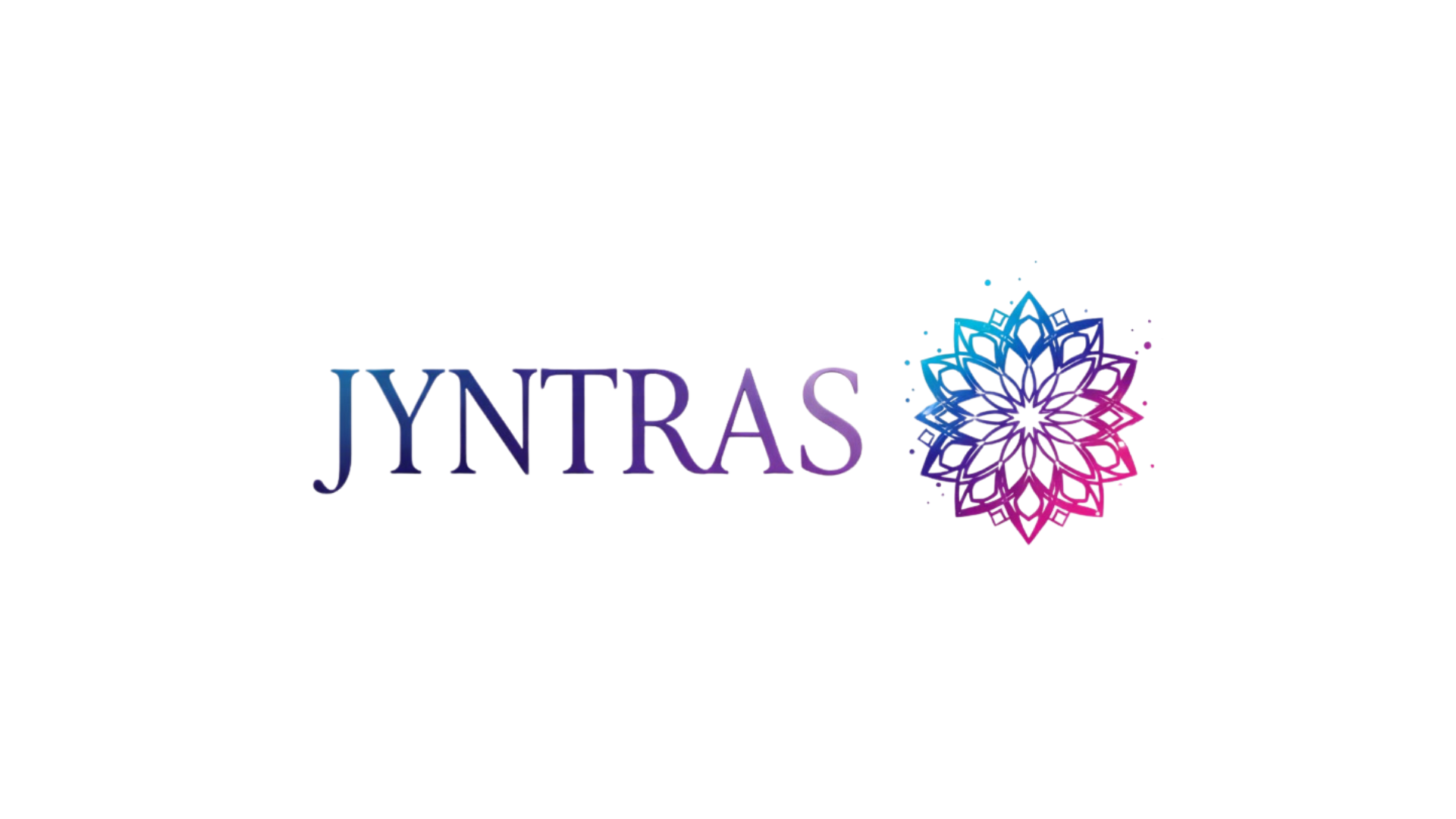The convergence of human creativity and artificial intelligence is reshaping how we approach complex challenges, creating unprecedented opportunities for innovation and breakthrough solutions.
🧠 Understanding Symbiotic Intelligence in the Modern Era
Symbiotic intelligence represents a paradigm shift in how we conceptualize problem-solving. Rather than viewing human and artificial intelligence as competing forces, this approach recognizes them as complementary partners that can achieve far more together than either could alone. The term “symbiotic” deliberately evokes biological relationships where different organisms coexist and thrive through mutual benefit.
In the context of collaborative problem-solving, symbiotic intelligence creates a dynamic ecosystem where human intuition, emotional intelligence, and creative reasoning merge with machine precision, computational power, and pattern recognition capabilities. This fusion generates insights and solutions that transcend the limitations of purely human or purely artificial approaches.
The foundation of this collaborative framework rests on understanding that humans excel at contextual understanding, ethical reasoning, and innovative thinking, while artificial systems demonstrate superiority in data processing, consistency, and tireless analysis. When these strengths interlock effectively, they create a problem-solving engine of remarkable potency.
The Architecture of Collaborative Intelligence Systems
Building effective symbiotic intelligence requires careful architectural design that facilitates seamless interaction between human and machine components. The most successful implementations feature transparent interfaces where humans can understand AI reasoning processes and machines can interpret human intentions and preferences.
This architecture typically involves several key layers. The data layer aggregates information from diverse sources, ensuring both human observations and machine-generated insights feed into the system. The processing layer applies both algorithmic analysis and human judgment to identify patterns and relationships. The decision layer synthesizes these findings into actionable recommendations while maintaining human oversight and ethical guardrails.
Modern collaborative platforms increasingly incorporate real-time feedback mechanisms that allow continuous refinement. When a human expert adjusts an AI recommendation, the system learns from this intervention, gradually improving its understanding of domain-specific nuances and human preferences.
Breaking Down Communication Barriers 🔄
One of the most significant challenges in symbiotic intelligence involves establishing effective communication protocols. Humans think in narratives, emotions, and abstract concepts, while traditional AI systems operate through mathematical operations and logical structures. Bridging this gap requires sophisticated natural language processing and intuitive visualization tools.
Recent advances in large language models have dramatically improved this communication channel. These systems can translate complex algorithmic outputs into human-readable explanations and convert ambiguous human instructions into precise computational tasks. This bidirectional translation capability forms the backbone of truly collaborative intelligence.
The most effective systems also incorporate multimodal communication, allowing humans to interact through text, voice, visual interfaces, and even gesture recognition. This flexibility ensures that collaboration can occur naturally, adapting to the specific context and user preferences rather than forcing humans to conform to rigid machine interfaces.
Real-World Applications Transforming Industries
Healthcare has emerged as one of the most promising domains for symbiotic intelligence. Diagnostic systems now combine AI-powered image analysis with physician expertise to identify diseases earlier and more accurately. The AI can process thousands of similar cases instantly, while the doctor applies clinical judgment, patient history, and contextual factors that machines might overlook.
In one notable example, radiologists working with AI assistants have reduced diagnostic errors by over 40% compared to either humans or machines working alone. The AI flags potential anomalies and patterns, while the human expert validates these findings against the patient’s complete medical profile and applies nuanced clinical reasoning.
Scientific Discovery Accelerated 🔬
Research laboratories worldwide are embracing symbiotic intelligence to accelerate scientific breakthroughs. In drug discovery, AI systems can simulate millions of molecular interactions, identifying promising candidates for further study. Human researchers then apply their understanding of biological systems, safety considerations, and practical manufacturing constraints to select the most viable options.
This collaboration has compressed timelines that once required decades into months. The development of several COVID-19 vaccines demonstrated this potential, with AI-assisted analysis helping identify promising approaches rapidly while human scientists guided the overall strategy and interpreted results within broader scientific contexts.
Climate science represents another field where symbiotic intelligence proves invaluable. Machine learning models process vast amounts of environmental data, identifying subtle patterns and trends that might escape human notice. Scientists then interpret these findings, develop testable hypotheses, and design interventions that balance environmental, economic, and social considerations.
The Psychology of Human-AI Collaboration
Understanding the psychological dimensions of working with artificial intelligence is crucial for maximizing collaborative potential. Research reveals that human trust in AI systems follows a nuanced trajectory, influenced by transparency, consistency, and perceived competence.
When humans understand how AI systems reach their conclusions, they’re more likely to trust and effectively utilize AI recommendations. Conversely, “black box” systems that provide answers without explanation often face resistance, even when their accuracy is demonstrably high. This highlights the importance of explainable AI in symbiotic relationships.
Interestingly, excessive trust can prove as problematic as insufficient trust. When humans over-rely on AI without applying critical thinking, they may blindly follow flawed recommendations. Effective symbiotic intelligence requires calibrated trust, where humans maintain healthy skepticism while remaining open to AI insights.
Cognitive Offloading and Enhanced Capacity 💡
Symbiotic intelligence enables cognitive offloading, where routine analytical tasks are delegated to AI systems, freeing human cognitive resources for higher-order thinking. This isn’t about making humans lazy; it’s about optimizing how we allocate our limited attention and mental energy.
When AI handles data gathering, preliminary analysis, and routine decision-making, humans can focus on creative problem-solving, strategic thinking, and ethical considerations. This division of cognitive labor amplifies overall problem-solving capacity, allowing teams to tackle more complex challenges simultaneously.
Studies of professionals using AI assistants show they experience reduced cognitive load while maintaining or improving output quality. They report feeling less overwhelmed by information overload and more able to engage in meaningful, creative work that leverages their uniquely human capabilities.
Overcoming Implementation Challenges
Despite its promise, implementing symbiotic intelligence faces several significant obstacles. Technical challenges include ensuring data quality, managing system integration, and maintaining security and privacy. Poor quality data can compromise AI performance, while fragmented systems create inefficiencies that undermine collaboration.
Organizational challenges often prove even more formidable. Many institutions lack the cultural readiness to embrace human-AI collaboration. Concerns about job displacement, resistance to new workflows, and insufficient training can derail even well-designed systems. Successful implementation requires comprehensive change management strategies that address these human factors.
Ethical considerations demand careful attention. Questions about accountability, bias, and fairness become more complex when decisions emerge from human-AI collaboration. Who bears responsibility when a symbiotic system makes an error? How do we ensure diverse perspectives are represented in both the human and algorithmic components?
Building Trust Through Transparency 🔍
Transparency serves as the foundation for effective symbiotic intelligence. Organizations must clearly communicate how AI systems function, what data they use, and how decisions are made. This transparency extends beyond technical documentation to include accessible explanations that stakeholders at all levels can understand.
Regular audits of AI systems help identify and correct biases, ensuring that collaborative intelligence serves all users fairly. These audits should examine both algorithmic outputs and the broader sociotechnical system, including how humans interact with and interpret AI recommendations.
Governance frameworks provide structure for human-AI collaboration, establishing clear protocols for oversight, intervention, and continuous improvement. These frameworks should define roles and responsibilities, specify when human judgment overrides AI recommendations, and create mechanisms for addressing errors and unintended consequences.
Skills for the Symbiotic Intelligence Era
The rise of symbiotic intelligence demands new competencies from professionals across industries. Technical literacy has become essential, not necessarily at the level of programming AI systems, but sufficient to understand their capabilities, limitations, and appropriate applications.
Critical thinking skills grow more important as professionals must evaluate AI outputs, identify potential errors or biases, and determine when to accept, modify, or reject machine recommendations. This requires domain expertise combined with understanding of how AI systems can fail or produce misleading results.
Collaboration skills extend beyond human-to-human interaction to encompass human-to-AI communication. Professionals must learn to formulate effective prompts, interpret AI outputs correctly, and provide feedback that helps systems improve. This represents a new form of literacy for the digital age.
Cultivating Adaptive Intelligence 🌱
Perhaps most importantly, thriving in a symbiotic intelligence environment requires adaptive intelligence—the capacity to learn continuously, adjust approaches based on new information, and remain comfortable with ambiguity. As AI capabilities evolve rapidly, professionals must embrace lifelong learning and maintain flexibility in their problem-solving approaches.
Emotional intelligence retains its crucial role, as the uniquely human ability to understand context, navigate social dynamics, and make ethically informed decisions becomes more valuable. While AI can process sentiment and predict behavior, human empathy and moral reasoning remain irreplaceable in collaborative problem-solving.
The Evolutionary Path Forward
Symbiotic intelligence is not a fixed destination but an evolving journey. As AI capabilities advance and our understanding of effective collaboration deepens, the nature of human-machine partnerships will continue to transform. Future developments will likely emphasize more intuitive interfaces, better explainability, and increasingly sophisticated division of cognitive labor.
We can anticipate AI systems that better understand human emotions, intentions, and working styles, adapting their communication and recommendations accordingly. Conversely, humans will develop enhanced abilities to leverage AI capabilities, viewing these tools as natural extensions of their problem-solving toolkit rather than separate entities.
The democratization of symbiotic intelligence represents an exciting frontier. As these technologies become more accessible and user-friendly, individuals and small organizations will gain capabilities once available only to large enterprises. This could catalyze innovation across society, enabling novel solutions to long-standing challenges.
Ethical Evolution and Responsible Innovation ⚖️
As symbiotic intelligence becomes more pervasive, ethical frameworks must evolve to address emerging dilemmas. Questions about agency, accountability, and fairness require ongoing dialogue among technologists, ethicists, policymakers, and the public. We must proactively shape the development of these systems to reflect shared values and promote human flourishing.
Responsible innovation in symbiotic intelligence means prioritizing human autonomy while leveraging AI capabilities. Systems should augment rather than replace human decision-making, especially in contexts with significant ethical implications. This principle ensures that humans remain in meaningful control while benefiting from machine assistance.

Reimagining Collective Problem-Solving Capacity
The true power of symbiotic intelligence lies not in replacing human capabilities but in amplifying them. By thoughtfully combining human and artificial intelligence, we create problem-solving systems that transcend the sum of their parts. This collaborative approach enables us to tackle challenges of unprecedented complexity, from climate change to disease eradication to sustainable development.
Success in this endeavor requires balanced perspectives that acknowledge both the tremendous potential and genuine risks of human-AI collaboration. We must remain vigilant about bias, privacy, and accountability while embracing the opportunities for innovation and progress. The goal is not perfect symbiosis but continuous improvement in how we collaborate with intelligent systems.
Organizations and individuals who master symbiotic intelligence will gain significant competitive advantages, solving problems faster, more creatively, and more effectively than those relying solely on traditional approaches. This isn’t about technology replacing humans; it’s about humans and technology achieving together what neither could accomplish alone.
The future of collaborative problem-solving is already emerging in laboratories, hospitals, businesses, and research institutions worldwide. As we refine our approaches to human-AI collaboration, we move closer to realizing the full potential of symbiotic intelligence—a future where our greatest challenges meet our most powerful problem-solving capabilities, working in concert to create meaningful progress for humanity.
Toni Santos is a deep-biology researcher and conscious-evolution writer exploring how genes, microbes and synthetic life inform the future of awareness and adaptation. Through his investigations into bioinformatics, microbiome intelligence and engineered living systems, Toni examines how life itself becomes a field of awakening, design and possibility. Passionate about consciousness in biology and the evolution of living systems, Toni focuses on how life’s architecture invites insight, coherence and transformation. His work highlights the convergence of science, philosophy and emergent life — guiding readers toward a deeper encounter with their living world. Blending genetics, systems biology and evolutionary philosophy, Toni writes about the future of living systems — helping readers understand how life evolves through awareness, integration and design. His work is a tribute to: The intertwining of biology, consciousness and evolution The emergence of microbial intelligence within and around us The vision of life as designed, adaptive and self-aware Whether you are a scientist, thinker or evolving being, Toni Santos invites you to explore the biology of tomorrow — one gene, one microbe, one awakening at a time.




